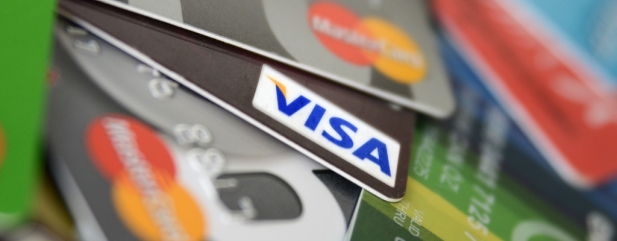Archived article
Please note that tax, investment, pension and ISA rules can change and the information and any views contained in this article may now be inaccurate.
Is the UK addicted to paying on plastic?

The latest monthly figures from UK Finance, a trade association, show that as a nation we are relying increasingly on credit cards rather than cash or debit cards to cover our everyday outgoings.
Spending on credit cards issued by high street banks hit £11.3bn last
month, an increase of 12% on October last year.
Possible reasons for using credit cards rather than cash or debit cards are the increased consumer protection which cards provide and the accumulation of loyalty points or other benefits.
The good news is that the total amount of outstanding credit card debt of £44.1bn has barely changed since the start of the year.
On average we’ve spent £10.5bn a month this year on credit cards and we’ve repaid £10.4bn a month. Last month we repaid slightly more than we borrowed so the total amount outstanding actually went down.
However, the UK Finance figures don’t include store card borrowing or spending on credit cards issued by non-traditional banking providers like Tesco (TSCO) and Sainsbury’s (SBRY).
Their products often have more attractive interest rates and every little beep goes towards loyalty points and vouchers to spend in-store.
Neither supermarket breaks out credit and store card balances from its total customer lending but based on their latest results it could
be as high as £5bn for Sainsbury’s and half as much again for Tesco.
The mounting borrowings on cards could have implications for the banking sector, if the level of bad debts goes up, and any industries reliant on consumer spending. It may also have an influence on the Bank of England’s future plans for interest rates.
AJ Bell personal finance analyst Laura Suter notes the household savings ratio is near record lows at just 3.9% – the fourth lowest figure since records began in 1963 according to the Office for National Statistics. The savings ratio is the amount of money households save as a percentage of their total disposable income.
‘As wage growth has recently hit a near-10-year high and is higher than inflation, we would hope to see the rate at which people are saving start to pick up, while others will use it an opportunity to pay off their costly debt,’ Suter adds.
Important information:
These articles are provided by Shares magazine which is published by AJ Bell Media, a part of AJ Bell. Shares is not written by AJ Bell.
Shares is provided for your general information and use and is not a personal recommendation to invest. It is not intended to be relied upon by you in making or not making any investment decisions. The investments referred to in these articles will not be suitable for all investors. If in doubt please seek appropriate independent financial advice.
Investors acting on the information in these articles do so at their own risk and AJ Bell Media and its staff do not accept liability for losses suffered by investors as a result of their investment decisions.

 magazine
magazine









